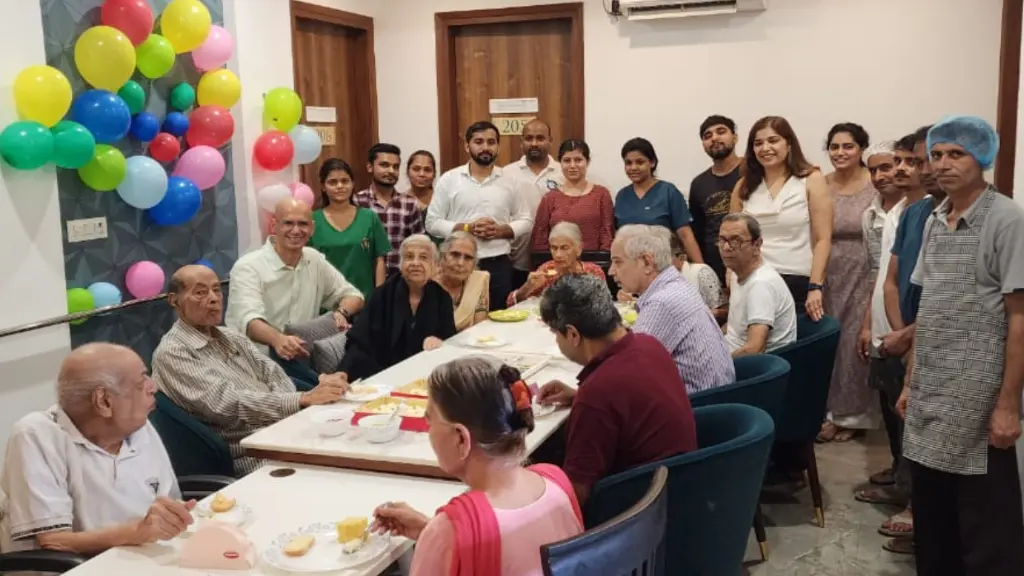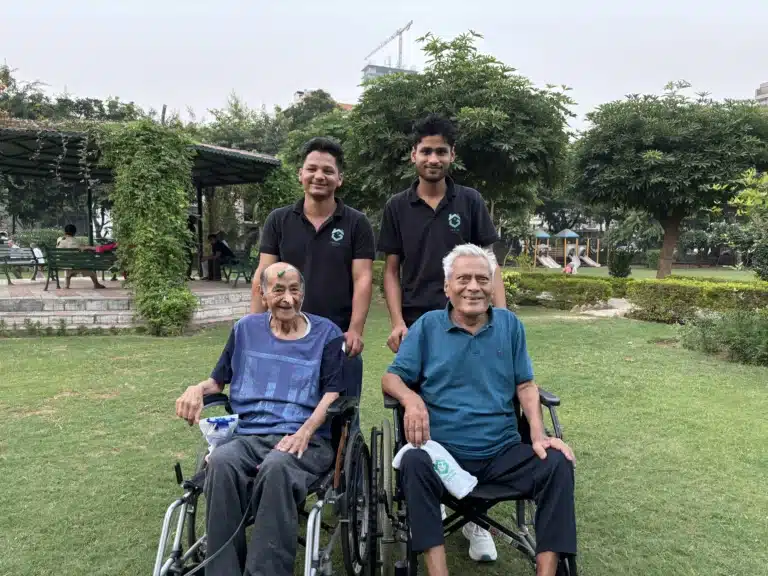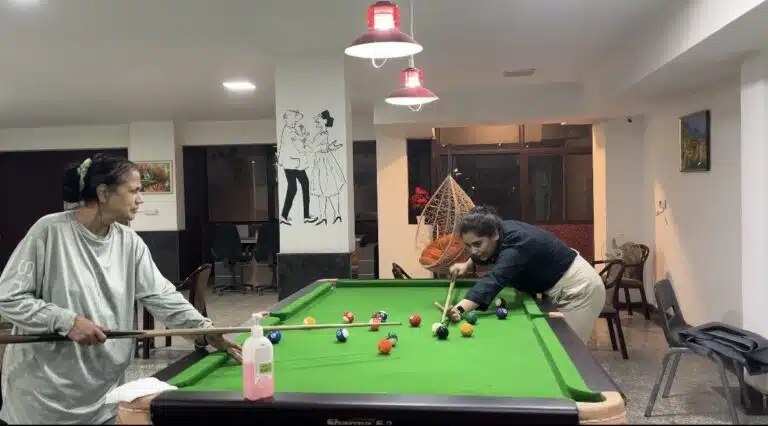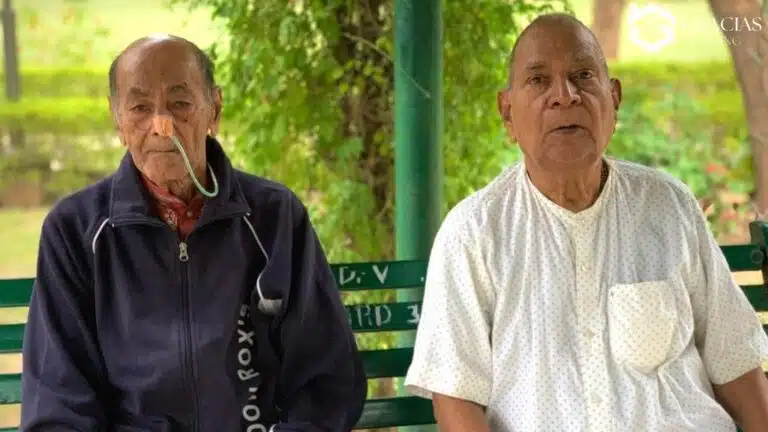
The number of people aged is increasing at an alarming rate in India, and more elderly people live longer and do not have an extended family to take care of them. Due to the changing nature of the traditional joint family system and the rising number of people moving to urban areas, old age homes and senior living homes have assumed a significant role in the elder-care system in the country.
The article assists the family and the seniors in weighing the advantages and disadvantages of old age homes in India in order to make an informed but gentle decision. Along with the advantages, difficulties, and a useful checklist, we will discuss when selecting the appropriate facility.
What is an Old Age Home (or Senior Living Facility)
An old age home or old age residence in India is a professionally run home that accommodates, feeds, gives medical help and aids in activities of daily living (ADLs). These facilities are in the form of basic and charitable homes, and also high-end retirement homes of independent living, assisted and memory care.
The number 60+ population is increasing, and people desire to spend time in a seniors centre. Due to this, old age homes are also rapidly increasing in India. The reasons that make families resort to old age homes are a lack of caregiving support, chronic conditions, mobility or movement difficulties, work-related movements or a wish to expose the parents to secure and increased socialisation.
Why do people live in old-age homes?
The elderly will be transferred into old age homes because of health problems, loneliness, absence of relatives, or the necessity to provide organised care. They also prefer the facilities to have a leisure, neighbourhood lifestyle where chores are being done and healthcare services are within reach and old people care is properly given.
Advantages and Disadvantages of Old Age Homes: Quick Comparison
| Advantages | Disadvantages |
| Medical care distress | Professionals Emotional |
| Greater protection | Slight lack of autonomy |
| Social interaction and diversity | Quality differences |
| Surety of rest work-wise | Expensive price |
| Family relief | Family distance & stigma |
Advantages of Old Age Homes
Here is a list and explain major advantages.
1) Medical Healthcare and Support.
A vast majority of the good old age homes provide 24×7 medical surveillance, emergency response care, drug administration, physiotherapy and physician accessibility. This long-term care provides more comfort and protection to their seniors who may have chronic conditions.
2) Safety & Security
Senior living homes have secure areas, CCTV, trained personnel, guardrails, wheelchair compatible, and fast emergency management. This minimises the chances of falls, theft, or damage – a significant fear of elderly residents who live alone.
There are group activities, games and events, festivals and a common area for eating that seniors can find in a lively community. This assists in minimising loneliness, depression and social isolation, enhancing mental wellbeing.
4) Organised Unwork and Healthy Domestic Work.
The residents also get healthy meals, laundry service, domestic chores, bathing, dressing and mobility. The routine arrangement will keep the seniors stable as it will eliminate them of exhausting domestic duties.
5) Relief for Families / Caregivers
Senior living communities give peace of mind to children who are in foreign countries or those who have to work long hours. Professional caregivers make sure that the old people get the care they need at the right time and alleviate the stress experienced by caregivers, as well as giving them consistent care.
Disadvantages of Old Age Homes
1) Emotional Impact and Deprivation of Home
It can be quite difficult to leave the home, neighbourhood, and the memories that one has to leave. During the transition period, seniors are likely to feel sad, anxious, or homesick.
2) Reduced/Loss of Independence and Personalisation
Facilities possess schedules, regulations, common grounds and routines. The elderly might experience a lack of control or freedom than they have in the home.
3) Diversity in Quality & Deficiency of Individualised Attention
Old age homes are not always up to standard. The decline in service can take different forms in certain facilities due to low maintenance, staff shortages, or generic care.
4) Cost Implications
Monthly/annual fees are involved in old-age homes. Senior living done in high-end places can be very costly, hence not accessible to families who are not economically stable.
5) At a Distance from the Family / Social Stigma
Some of the seniors in India may be viewed as judged or lonely due to the cultural beliefs surrounding caregiving. Physical separation from a family can also impact emotional comfort
How to Choose the Right Old Age Home
- Check the facility physically; look at cleanliness and safety.
- Inquire about medical support, nursing staff and hospital tie-ups.
- Know the expenses explicitly, what is/isn’t covered?
- Insist on the quality of rooms, meals, recreation, meetings, and security.
- Resident feedback, counselling support, and review social activities.
- Make sure that the place is not too far away so that the family can visit often.
- Read the contract by heart – find the way out and get your money back.
When Is an Old Age Home a Suitable Option?
It may be appropriate to choose an old-age home because:
An elderly person is chronically ill, cannot move around and is demented.
Family caregivers not only feel overwhelmed but also live distant.
The elderly experience loneliness, insecurity or lack of support at home.
Repetitive falls, medication drops, or hygiene issues are the problems.
The domestic set-up is unfriendly to the older generation.
The major considerations are physical health, emotional readiness, financial, location, and family involvement level.




